The introduction of the film is literally filmed paintings. After which we get an overhead pass from space ship Zanon, an enormous wedge-shaped starcraft. Star Wars, the reader may remember, came out three years previous, and this could kindly be referred to as a borrow.
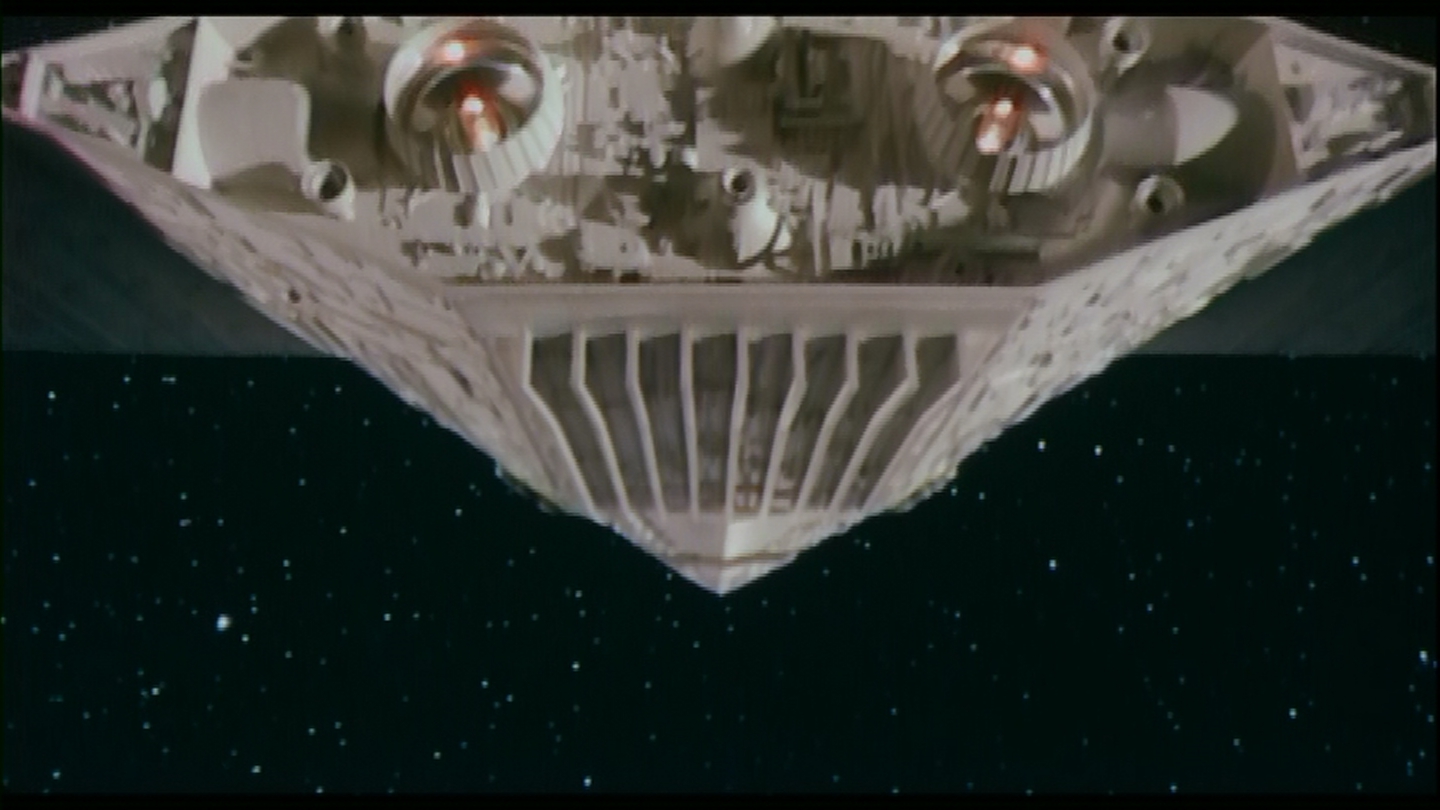
With television filled with Ultraman and its many imitators fighting giant monsters, it was inevitable that the super sentai form would overtake its kaiju projenitors. Even Godzilla fell to the influence in Godzilla vs Megalon. In a bold move, however, all the super sentai are women; a pet shop owner, a teacher, and a car salesperson. This might be in order to catch the interest of an audience that had grown up on Gamera and now was interested in the opposite sex. Or it could be a continuation of the deliberate sexiness exhibited in Gamera vs Zigra and Gamera vs Guiron, which featured women from space as antagonists.
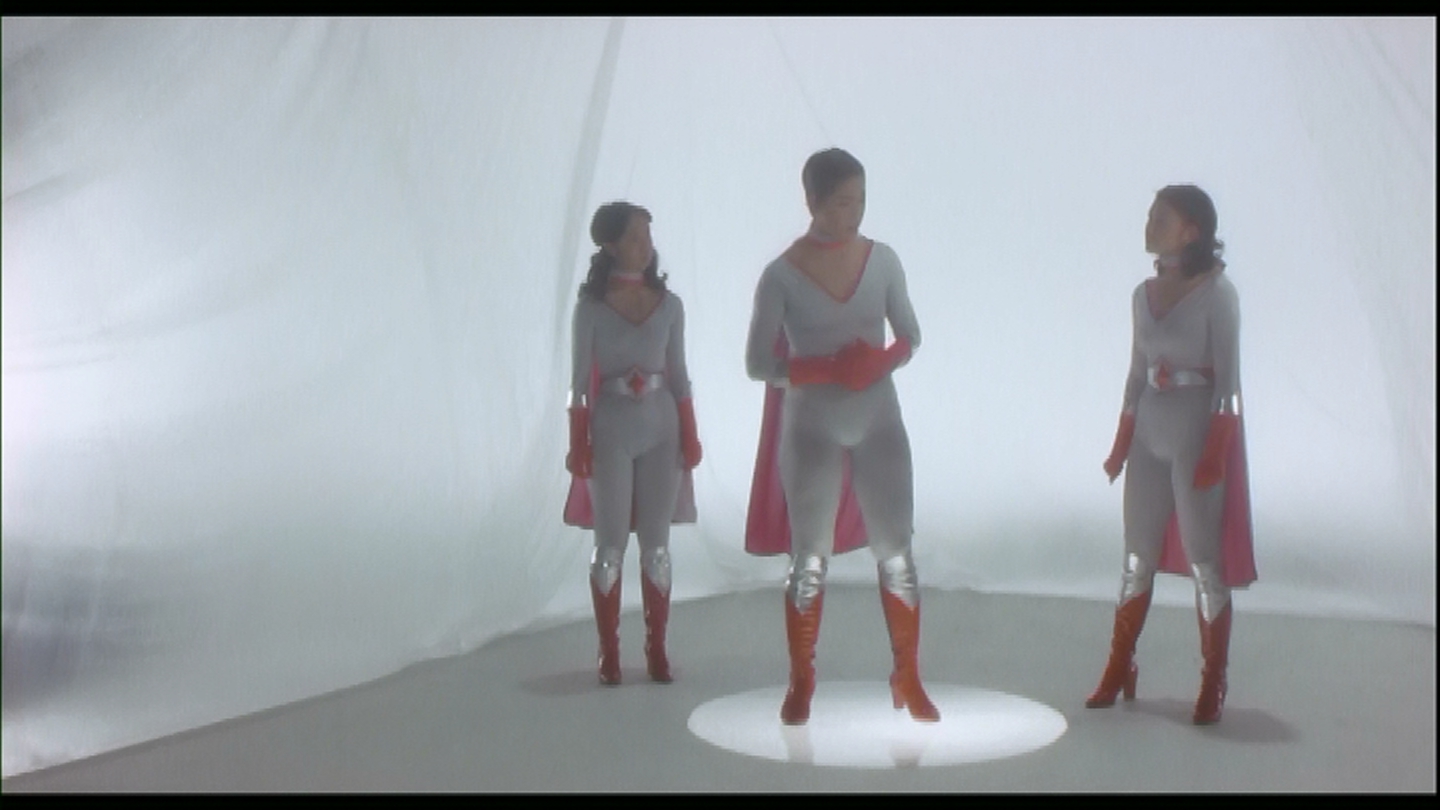
The three space women are opposed by Giruga, the one-woman advance team from the Zanon. She has a taser touch, which she oddly doesn't use in the showdown with Kilara. So we get a late-movie catfight, which goes down pretty well, since Kilara is played by Mach Fumiake, a professional wrestler.
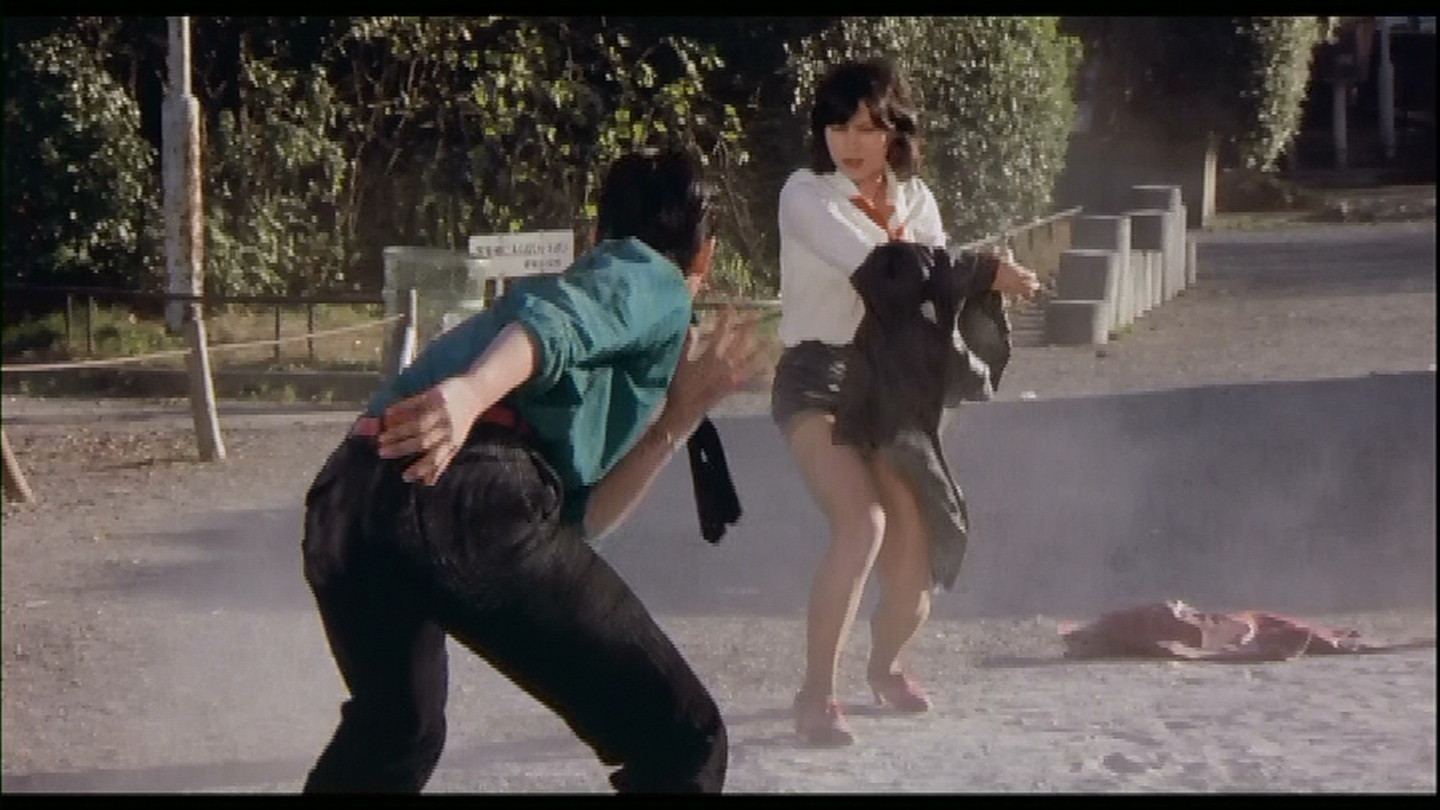
The women are joined by Keiichi, the Gamera-standard child protagonist. We meet him as he's reading some manga with his friends. They decide to go to the park because a story in their magazine about a turtle that acts like Gamera. This deliberately blurs the line between reality and manga; they go to the policeman's station from the comic, and the man even has a turtle, although he deines the link between himself and the comic. Further, after Keiichi acquires a turtle, he sings the Gamera march to it, so the Gamera films must be part of his universe.
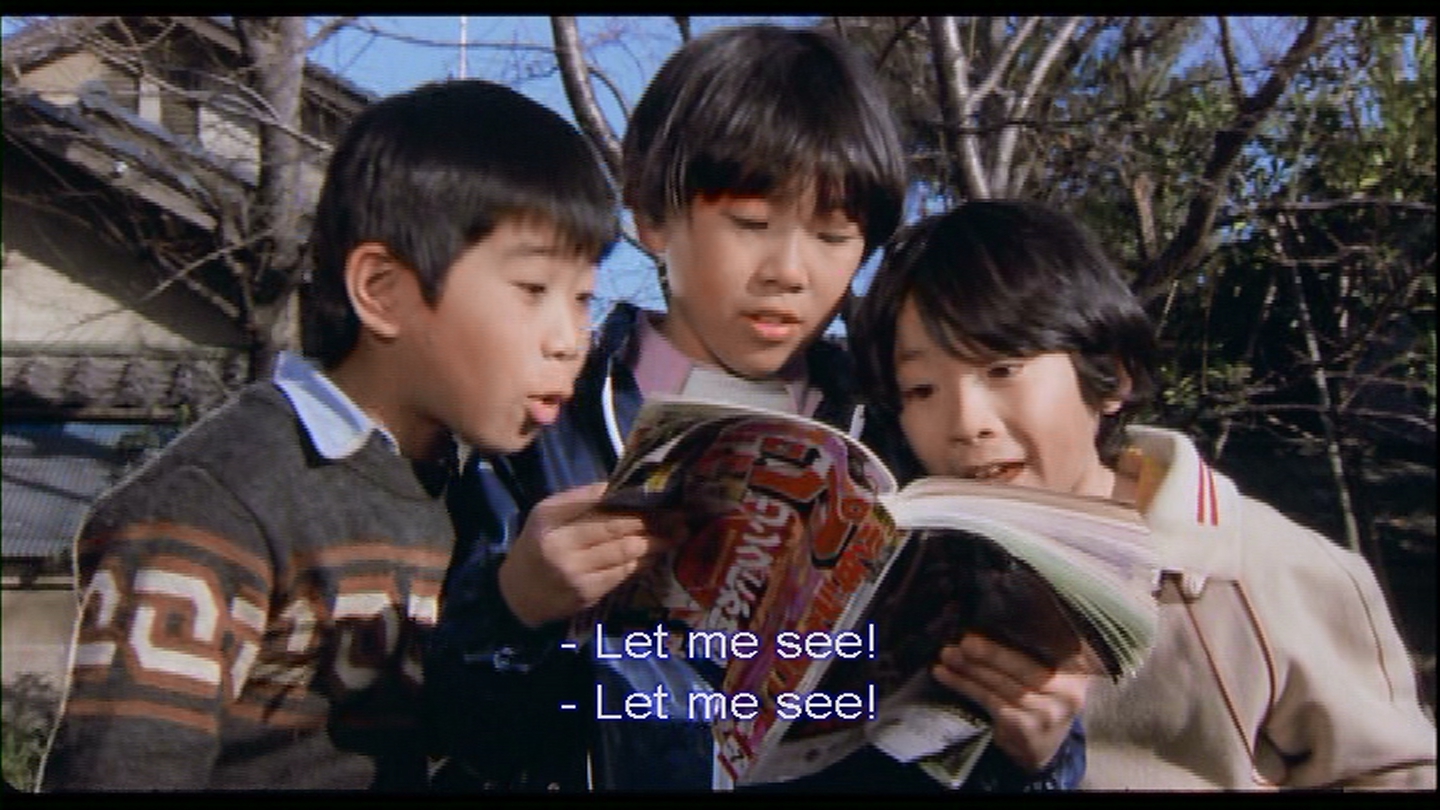
And then the stock footage begins. Hey, remember in Gamera vs Gyaos when that helicopter got cut in half? Remember when Gamera reduced Zigra to smoking ash? Or that entire fight when Gamera was speared through by a octopus-shaped lemon reamer? It's all there.
Immediately, there are logic problems. Kilara, one of the superbabes, transforms her van into a flying ball of light, lifting off from the highway, and no one notices. But they experience problems because Zanon can detect them when they're in their space woman form, so they aren't able to (lucky for the budget) transform into their super forms. So who's going to save Earth? Gamera, of course. Apparently, Gamera is fiction in this film, but Keiichi believes so hard that Gamera does come to rescue Japan from the rampaging space monsters. What? Head Space Woman Kilara is happy to watch Gamera kill invading space monsters, but won't kill Giruga because "To kill any living thing goes against my principles." And then there's the bit where Gamera performs a flyby of Space Cruiser Yamato. The animated one. The mixture of anime and live action is jarring.
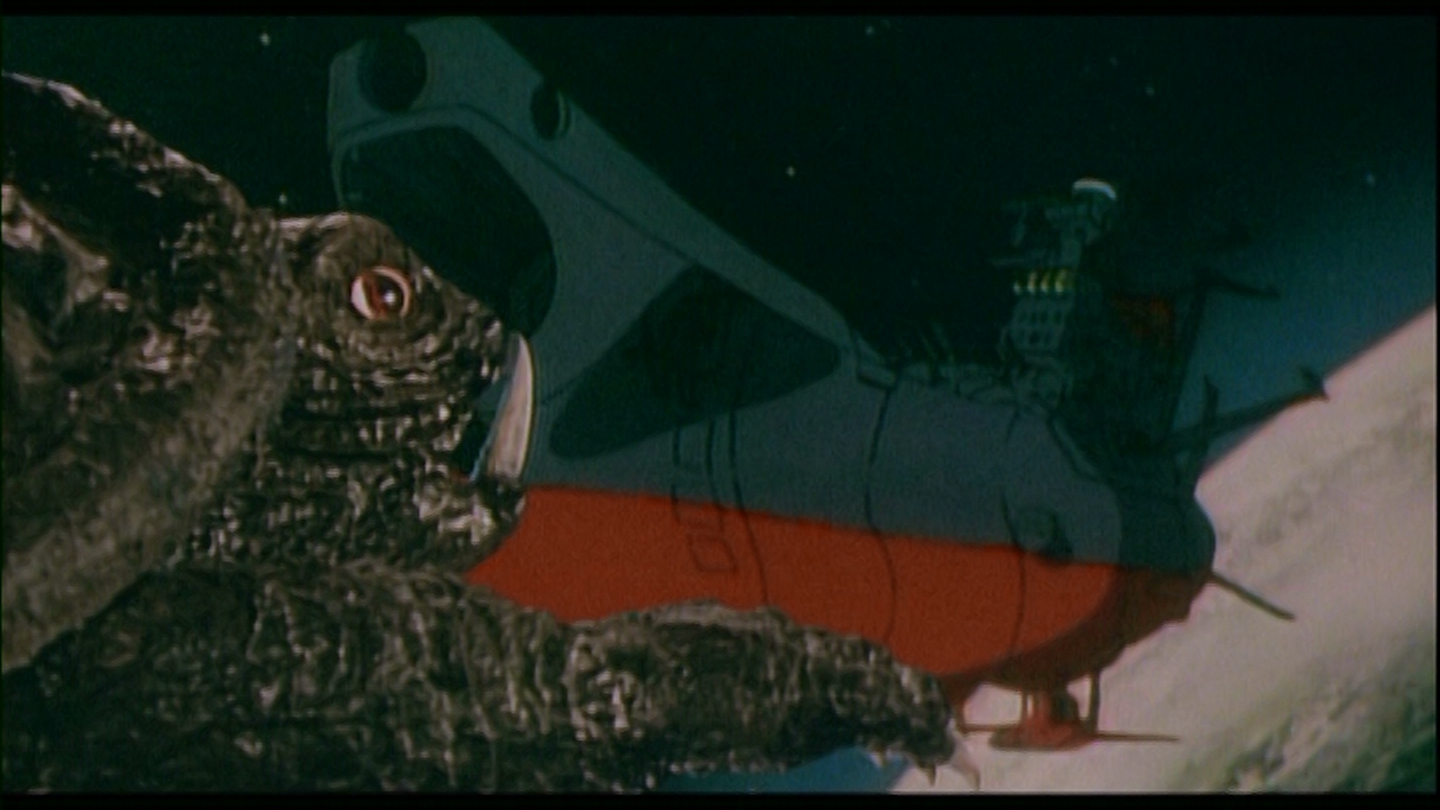
In a generally unacknowledged nod to Mothra, when the super sentai themselves and stand in a carrying case, very remiscent scent of the Shobijin.
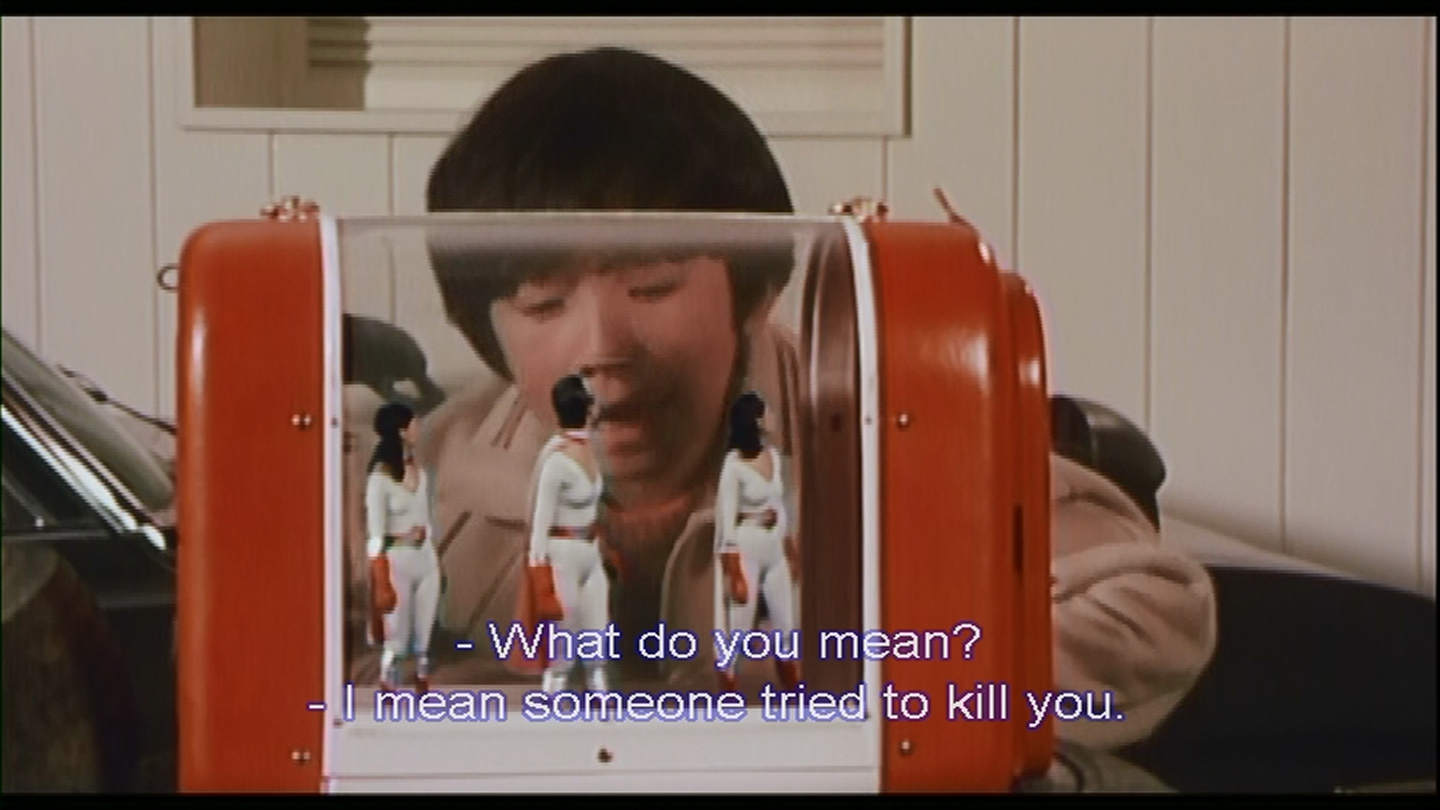
There's a moment of intercompany rivalry as Gamera stomps past a billboard, knocking it down. It's a sign for a Godzilla film! This sort of thing will be repeated in Kraa the Invader and Godzilla Final Wars. It's a cheap shot, and tends to turn up in films that are insecure about themselves.
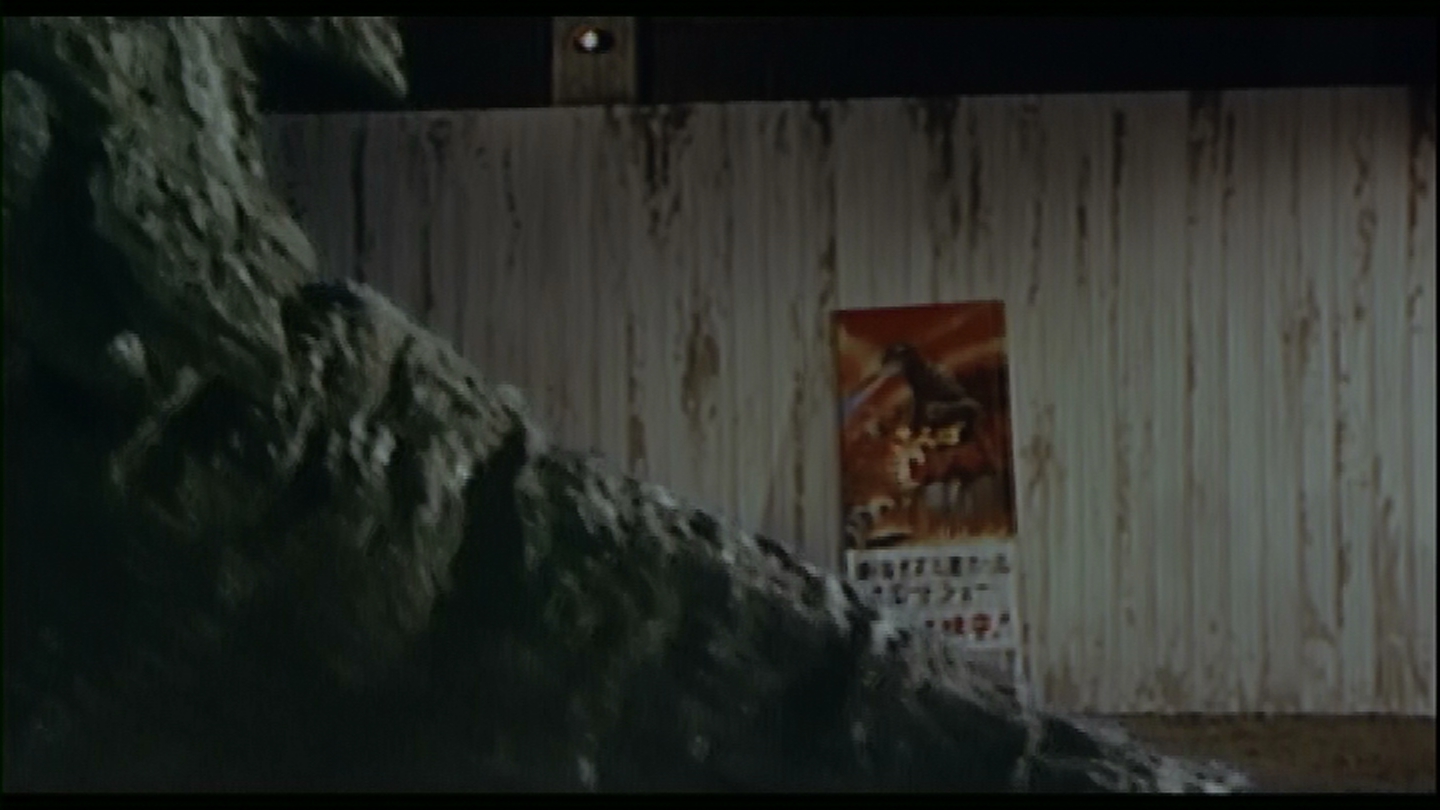
We also have the very strange experience of watching a television present Gamera in footage from the first film trash Tokyo. I should say it's footage from Gamera vs Viras, since it's color-tinted. But still, it's a bit weird watching Gamera trash Tokyo on someone else's television.
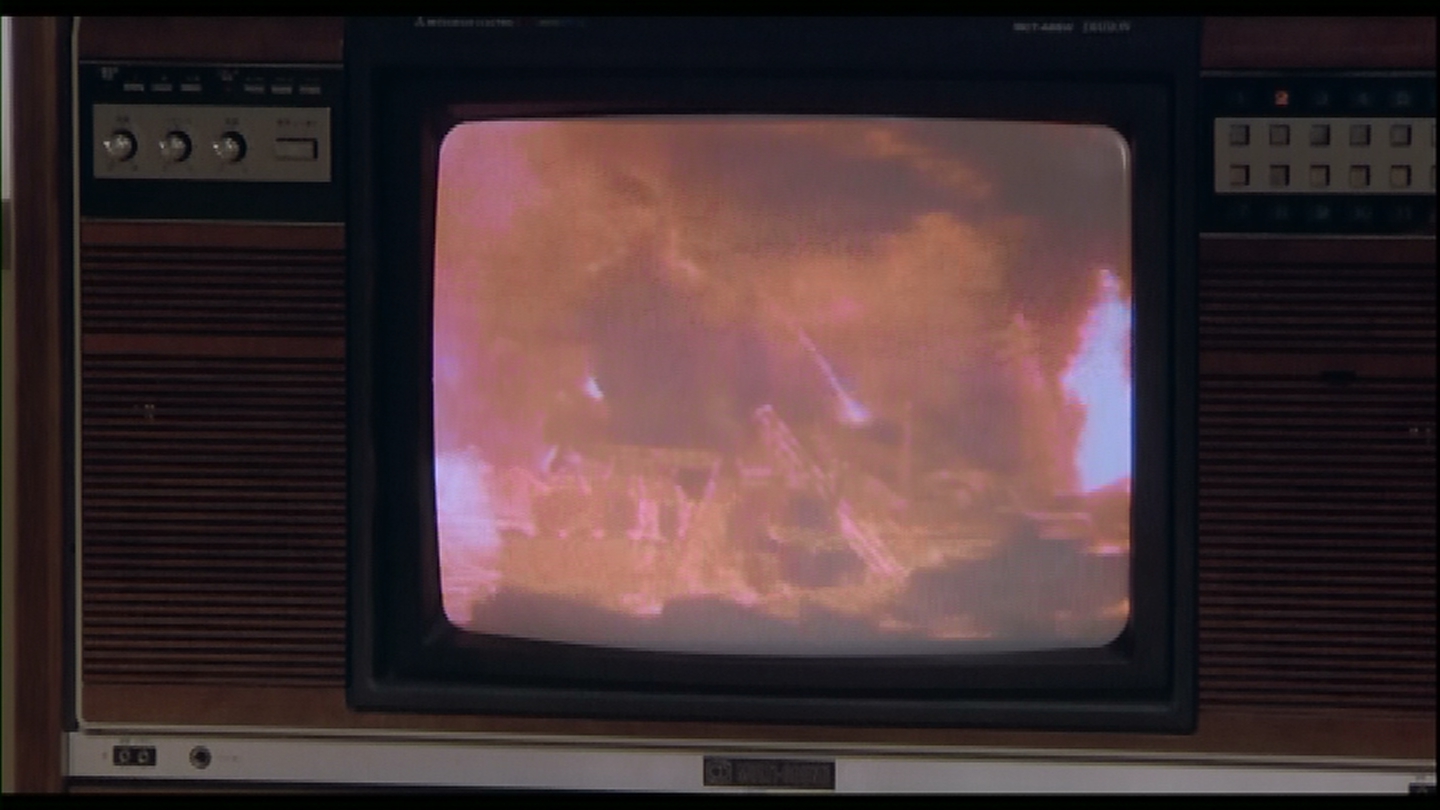
In the end, Gamera has to destroy the gigantic ship Zanon. We see the approach, but not the impact. But Keiichi, who has some sort of link with Gamera, tells us he's dead. TVtropes.org, tells me that the ending was changed. The writer and director agreed that this film would not bring back the franchise, so they killed Gamera off, without a resurrection as in Gamera vs Zigra. I'm not sure if this is true or not. Gamera's heroic sacrifice is foreshadowed by Giruga doing the same thing. This might be a trope in Ultraman-style shows, the villain is redeemed, but can't become a regular, so they heroically sacrifice themselves for the greater good. This does get referenced, sort of, in Gamera the Brave, although Gamera sacrifices himself against Gyaos in the film's backstory, rather than a space ship.
Overall? This film is bad. Out of a 92 minues of screentime, thirty-six are recucled footage, more than a third of the film. So if you have recently watched all of the Gamera films, a third of the film is a waste of my time. And the superhero stuff isn't particularly interesting either, which leaves me with a bg shrug. The film is what it appears to be, a microbudget piece of desperation. It's a sorry farewell, even for a series I don't particularly enjoy. There wouldn't be another Gamera film for fifteen years. But the resurrection of the franchise is something truly beautiful to behold.
With the two big franchises hibernating, the early eighties were a time of change for kaiju films. So I'm going to take about a month and step back in time, catching a few movies I didn't have when I began My Year of Monsters. These will be the more obscure (read 'expensive')but influential films like Varan the Unbelievable, Mothra, and Atragon. From there, I should be able to work a straight chronology (with the exception of the next Godzilla film) until 2015.
No comments:
Post a Comment